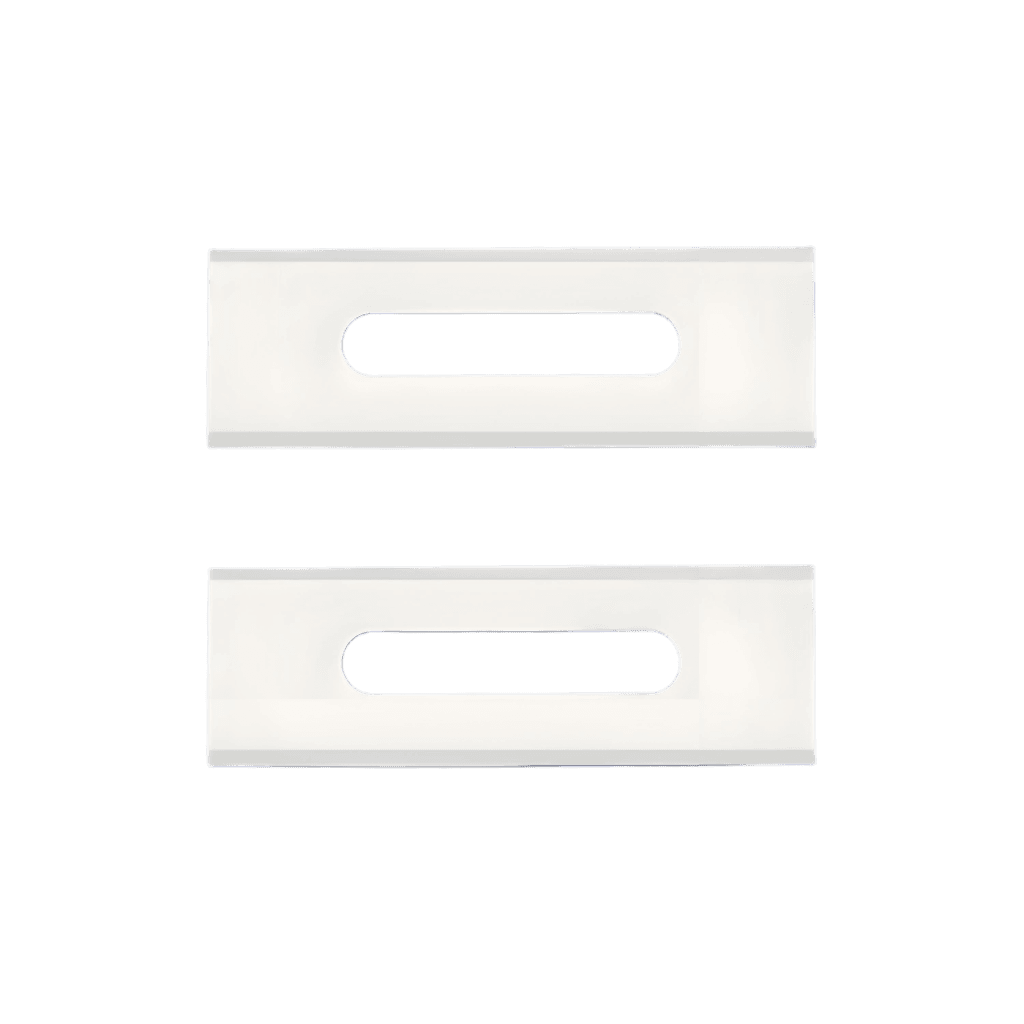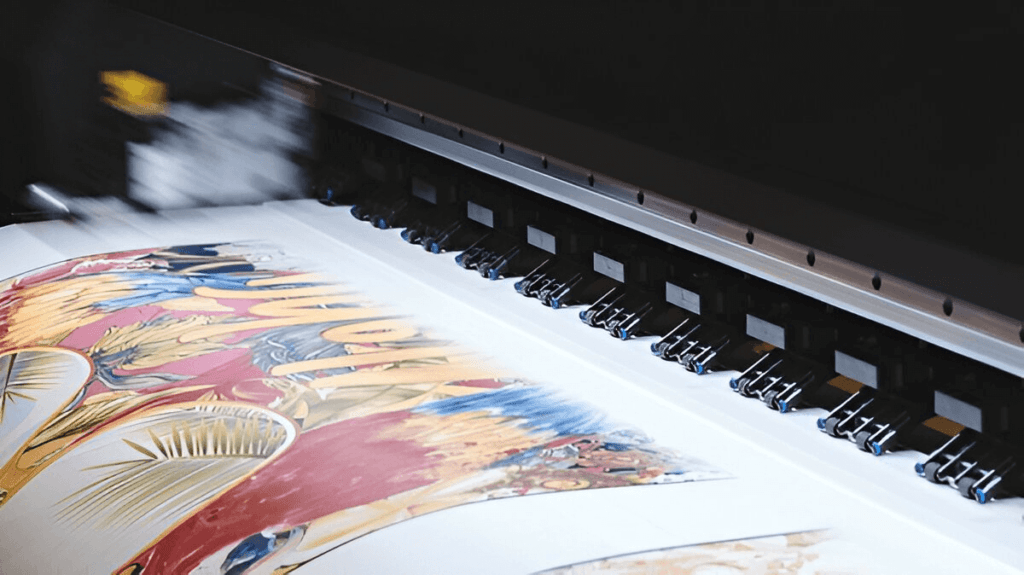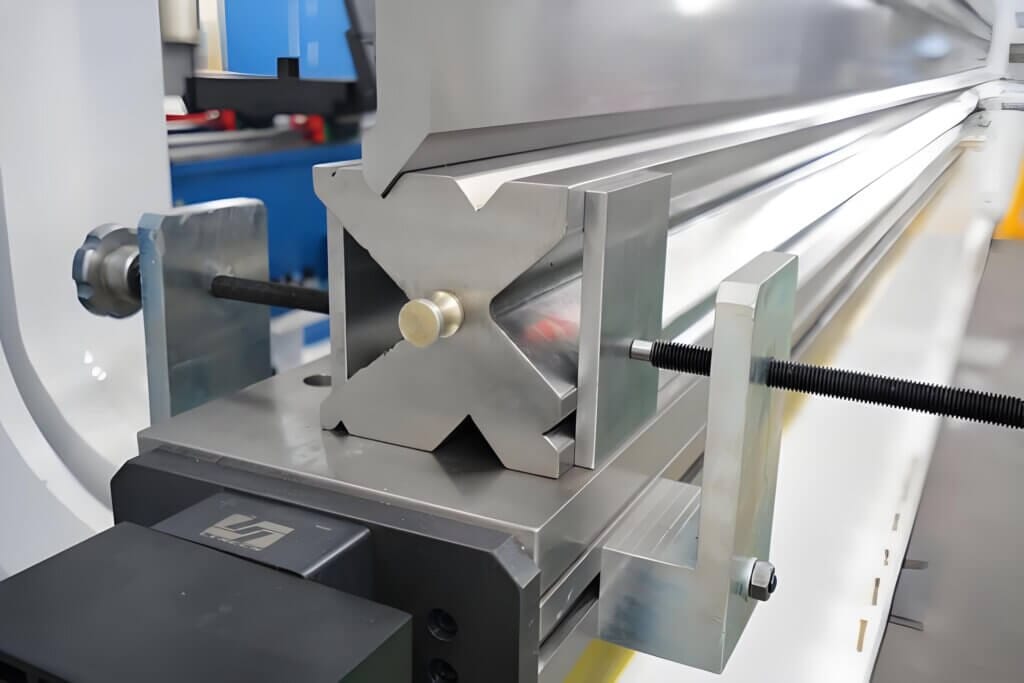Introduction
Ceramic dicing blades have become essential components in precision cutting applications across various industries. Their superior hardness, wear resistance, and ability to maintain sharpness make them ideal for cutting hard and brittle materials. This article delves into the current market trends, technological advancements, and applications of ceramic dicing blades, providing a comprehensive overview of their significance in modern manufacturing processes.

Market Growth and Projections
The global market for dicing blades has been experiencing steady growth. According to a report by Business Research Insights, the market size was valued at USD 324.7 million in 2020 and is projected to reach USD 444.73 million by the end of 2032, exhibiting a compound annual growth rate (CAGR) of 2.90% during the forecast period.
商业研究洞察 This growth is attributed to the increasing demand for precision cutting tools in the semiconductor and electronics industries.
In a more specific segment, the ceramic bonded dicing blade market is also showing promising expansion. A report from Gelonghui indicates that the global market capacity for ceramic bonded dicing blades was approximately USD 1.437 billion in 2024, with expectations to reach USD 1.972 billion by 2031, reflecting a CAGR of 4.3% between 2025 and 2031.
格隆汇 This upward trend underscores the growing reliance on high-precision cutting tools in advanced manufacturing sectors.
Technological Innovations in Ceramic Dicing Blades
Recent technological advancements have significantly enhanced the performance and application range of ceramic dicing blades. Manufacturers are focusing on optimizing the size and distribution of diamond particles within the blade matrix to improve cutting efficiency and reduce chipping. For instance, the selection of appropriate diamond grit size is crucial; larger particles can increase cutting speed but may cause more significant chipping, while smaller particles offer finer cuts with reduced damage to the material.
Additionally, the development of hybrid blades that combine the hardness of ceramics with the toughness of resins has led to tools capable of handling a broader spectrum of materials. These innovations have expanded the applicability of ceramic dicing blades, making them suitable for cutting a variety of substrates, including silicon wafers, glass, and advanced ceramics.
Applications Across Various Industries
Ceramic dicing blades are integral to several high-precision industries:
- Semiconductor Manufacturing: Used for slicing silicon wafers into individual chips, ensuring minimal damage to delicate circuits.
- Optoelectronics: Employed in cutting optical components where precision and edge quality are paramount.
- Medical Devices: Utilized in the fabrication of components requiring stringent dimensional tolerances and smooth finishes.
- Aerospace: Applied in machining advanced ceramic materials used in high-performance aerospace components.
The versatility of ceramic dicing blades in handling hard and brittle materials makes them indispensable in these sectors.
Challenges and Considerations
Despite their advantages, ceramic dicing blades present certain challenges. The inherent brittleness of ceramic materials can lead to blade fracture under improper handling or excessive stress. Moreover, the initial cost of high-quality ceramic blades is higher compared to metal alternatives, which may be a consideration for budget-conscious operations. However, their extended lifespan and superior performance often offset the initial investment over time.How to Install Tile Cutting Blade for Circular Saw
Conclusion
The advancements in ceramic dicing blade technology are driving significant improvements in precision cutting applications across various industries. With the market projected to continue its growth trajectory, manufacturers and end-users alike are poised to benefit from the enhanced capabilities and efficiencies these tools offer. Staying abreast of technological developments and market trends will be crucial for stakeholders aiming to leverage ceramic dicing blades in their operations.






